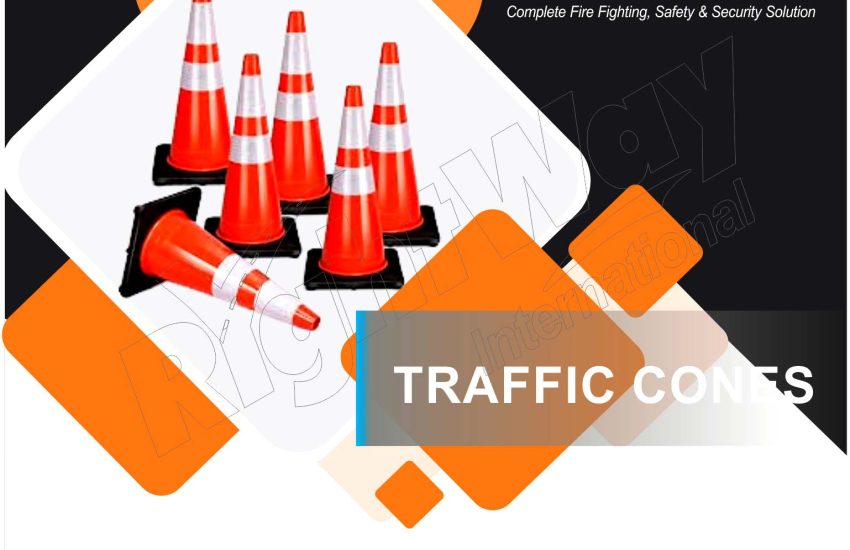Traffic cones are essential tools for road safety and traffic management. Their bright colors and cone-shaped design make them highly visible, helping to guide, alert, and protect both drivers and pedestrians in a wide range of scenarios. From temporary roadworks to emergency scenes, traffic cones maintain order and enhance safety on the roads.
What Are Traffic Cones?
Traffic cones, also known as road cones, are portable markers made of durable materials like plastic or rubber. Typically bright orange with reflective bands, they stand out in all lighting conditions. These cones mark boundaries, signal hazards, and direct traffic flow in temporary or emergency situations.
Key Functions of Traffic Cones
1. Traffic Control
Traffic cones help regulate vehicle flow by marking off temporary lanes, detours, or closures. They’re widely used in construction zones and during maintenance work to redirect drivers safely.
2. Hazard Identification
Cones highlight dangerous areas—such as accident sites or exposed manholes—warning drivers and pedestrians of potential risks and keeping people away from restricted zones.
3. Guidance and Channeling
Traffic cones guide vehicles through complex or temporary traffic patterns. For example, they help define routes around construction equipment or direct cars through event parking areas.
4. Emergency Response
During emergencies, first responders use cones to create safety perimeters, block lanes, and manage on-scene traffic, ensuring quick and safe operations.
Types of Traffic Cone
Standard Cones
These cones range from 28 to 36 inches in height and feature reflective bands for visibility. They’re the most common type and are used for general traffic control.
Collapsible Cones
Made from flexible material, collapsible cones fold flat for storage and are ideal for emergency kits or vehicles with limited space.
Weighted Cones
These cones include heavier bases to prevent tipping due to wind or vehicle drafts. They’re useful in high-traffic or windy areas.
Lighted Cones
With built-in LED lights or enhanced reflective materials, these cones are designed for nighttime or low-visibility conditions.
Specialized Cones
Some cones come with attached warning signs or flashing beacons, making them suitable for use in construction zones, event traffic control, or police operations.
Best Practices for Using Traffic Cones
Strategic Placement
Place cones far enough ahead of hazards or work zones to give drivers time to react. Align them in a clear, consistent pattern to reduce confusion.
Maximize Visibility
Use cones with bright colors and reflective stripes. For night use or poor weather conditions, consider cones with built-in lights or flashing LEDs.
Proper Spacing
Space cones evenly to create a visible path. Incorrect spacing can either confuse drivers or fail to provide adequate direction.
Ensure Safety
Avoid placing cones where they might obstruct a driver’s line of sight or create tripping hazards for pedestrians. Ensure they stand firmly on the ground.
Routine Maintenance
Inspect cones regularly for cracks, fading, or damage. Replace any worn or deformed cones to maintain their effectiveness and visibility.
Conclusion
Traffic cone are more than just simple plastic markers—they are critical components of traffic safety. When used correctly, they help manage vehicle flow, prevent accidents, and protect both workers and road users. By understanding their types, functions, and best practices for deployment, you can ensure that traffic cone serve their full purpose in keeping roads organized and safe.


